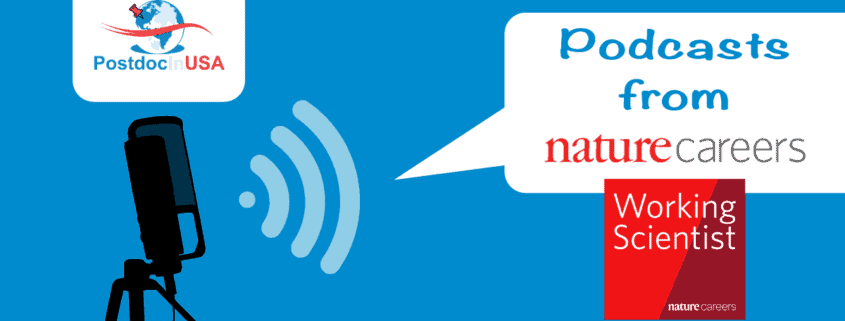Switching scientific disciplines
Moving to a new branch of science is scary, but learning new skills and collaborating with different colleagues can be exhilarating, Julie Gould discovers.
In the penultimate episode of this six-part series about physics careers, Julie Gould talks to Stuart Higgins, a research associate at Imperial College London, who switched from solid state physics to bioengineering, and Anna Lappala, who moved from biochemistry to physics.
How easy were these transitions, and what is their advice to others planning similar moves?
Higgins says: “It’s important to ask yourself why you want to make the transition. Do you want to apply the same skills or to learn new ones? Give yourself time to understand your motivation.”
Overall, the transition was “liberating,” he adds, allowing him to ask “basic, silly questions” of colleagues, who were very supportive of his situation and the learning curve he faced.
Lappala, a postdoctoral fellow at Los Alamos National Laboratory, New Mexico, describes how she was initially terrified of people discovering she was not a “real physicist” and worked hard to learn about general physics, quantum field theory, and soft matter, among other things.
See acast.com/privacy for privacy and opt-out information.




Leave a Reply
Want to join the discussion?Feel free to contribute!